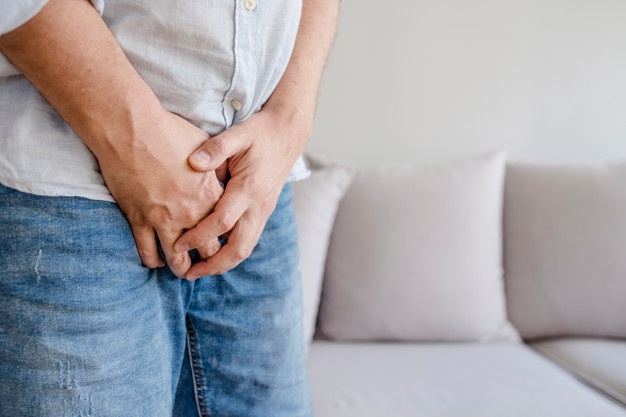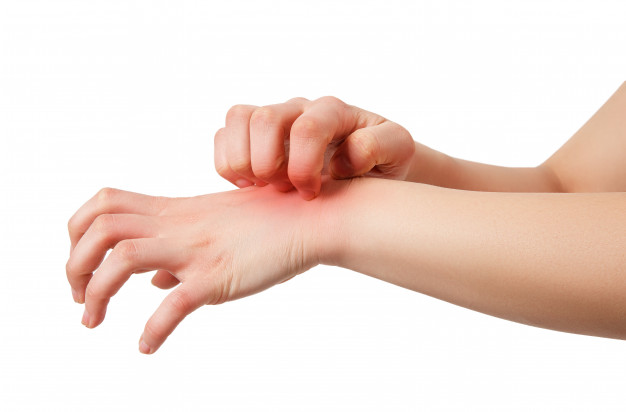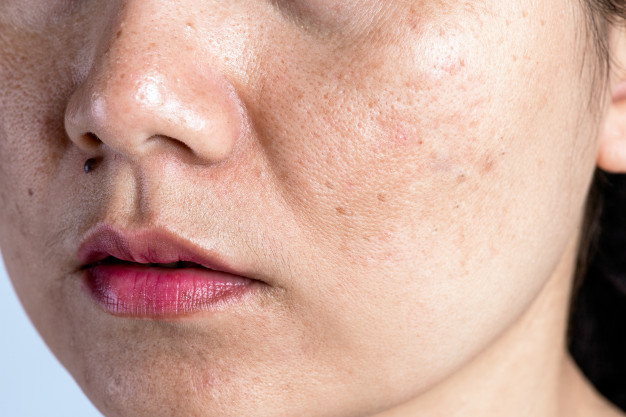Diabetes is a disease that affects the body’s ability to make or respond to insulin, leading to high blood sugar. The first symptoms may be so subtle that some people may ignore them as insignificant.
If not treated, diabetes can not only decrease quality of life but also reduce life expectancy, which is why it is so important to diagnose the disease early.
We compiled a list of the most common early signs of diabetes that will help you catch the disease early.
Symptoms of Diabetes
8. Increased Thirst And Urination

Increased thirst (polydipsia) and frequent urination (polyuria) are the most common symptoms of diabetes. When you have diabetes, your kidneys cannot absorb all of the excess sugar.
Instead, it ends up in your urine, taking fluids from the tissues. This makes you urinate more and makes you feel dehydrated. To quench your thirst, you start drinking more, leading to even more frequent urination.
The average person urinates 6 to 7 times a day. Anywhere between 4 and 10 times a day is also normal if the person is healthy and the number of bathroom breaks does not change.
7. Increased Hunger

Excessive hunger (polyphagia), along with the increased thirst and urination mentioned above, are the three main signs of diabetes. If your body does not make enough (or no) insulin or does not respond in the normal way, it is not possible to convert food into glucose used by cells for energy.
This causes an increase in hunger that does not go away after eating. In fact, eating only increases blood sugar.
If you continue to eat but your hunger persists, you may need to see your doctor, even if you apparently have no other symptoms of diabetes.
6. Fatigue

Another common sign of diabetes is constant fatigue. When you have diabetes, you feel tired and sleepy all the time for the same reason you are always hungry – your cells don’t have enough glucose to use it for energy.
Dehydration caused by frequent urination also contributes to feeling exhausted.
Fatigue can be a symptom of many other conditions, some even non-medical (high carbohydrate diet, too much caffeine, aging). But when combined with other symptoms on this list, it can be a sign of diabetes.
5. Blurred Vision

When blurred vision is not a sign of a more serious eye problem, it can be an early sign of diabetes. This is due to fluid exchange, which causes the lenses of the eyes to swell and change shape. This affects their ability to concentrate and things start to get blurry or confusing.
These changes in the eyes are generally reversible, and your vision should return to normal as your blood sugar levels stabilize with treatment. However, if diabetes is not treated, these changes can progress and lead to blindness.
READ RELATED: Sacha Dench Accident: Husband & Children – Everything To Know About The Human Swan
4. Unexplained Weight Loss

Unexplained weight loss means losing a lot of weight without the help of diet or exercise. Since your body cannot use glucose as an energy source when you have diabetes, it begins to burn fat and muscle for energy, causing your weight to drop.
Dehydration also contributes to sudden weight loss, as your body uses all available fluids to make urine.
Unexpected weight loss is a common early sign of type 1 diabetes, but it can also affect people with type 2 diabetes.
3. Itchy Skin

As mentioned above, when excess sugar is excreted in the urine, it takes in fluids from other tissues, including the skin (its largest organ!).
Dry skin can be itchy, and scratching these dry spots can cause the skin to break and even become infected. Another reason for itchy skin is a yeast infection, which is quite common in people with diabetes.
If you have diabetes, learn some basic skincare tips to keep your skin healthy.
2. Slow Healing
Cuts and wounds that heal very slowly can often be a symptom of diabetes. The high blood sugar level not only increases inflammation in cuts and wounds but also leads to poor blood circulation, making it difficult to access and repair damaged areas of the skin.
This is of particular concern to the feet, and it is not uncommon for patients with diabetes to develop foot sores that might lead to more serious problems.
If you have noticed that your cuts and wounds take longer to heal than before, be sure to mention this to your doctor.
1. Dark Patches Of Skin

Acanthosis nigricans is a skin condition that appears on dark patches of skin with a velvety texture. These spots usually appear in areas where the skin creases or folds: on the neck, in the armpits, in the groin, inside the elbows, behind the knees, and on the knuckles.
Although this condition can affect healthy people, it is a common sign of pre-diabetes or diabetes and should be examined by your doctor.
Diabetes is a chronic disease that can lead to many serious complications if left untreated. The sooner you are diagnosed, the easier it will be to handle and the longer your life will be.
If you notice any of these symptoms, especially several of them combined, make an appointment with your doctor as soon as possible.
Source: crfatsides









